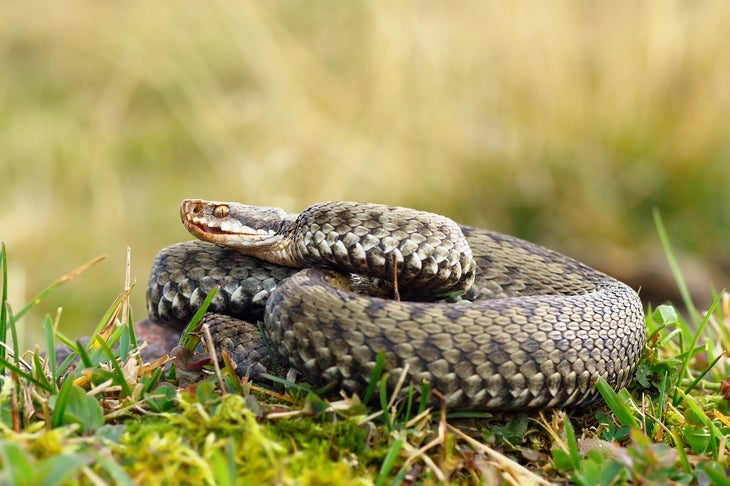Products You May Like
Get full access to Outside Learn, our online education hub featuring in-depth fitness, nutrition, and adventure courses and more than 2,000 instructional videos when you sign up for Outside+
Sign up for Outside+ today.
I packed insect repellent, sunscreen, wet wipes, and whistles. Everything in my bag was supposed to keep our family outing fun and safe, but I never actually planned how we’d take care of the kids if something actually went wrong.
Exploring the backcountry with children is a rewarding adventure that can leave a lifelong impact. However, despite hours of preparation, kids can get sick or injured in the wilderness. Thinking through some common mishaps before facing them unprepared can keep your kids safe on the trail.
To ease my pre-trip anxieties, I talked to pediatrician and wilderness doctor Chris Peluso, who teaches less-specialized docs like me how to treat outdoorsy kids with confidence and expertise. He says many common situations and ailments warrant early management, especially when young kids might be unable to communicate their discomfort as well as grown-ups can. Summer’s a great time to get kids outside safely, especially with these principles in mind.
Heat Illness
As temperatures peak in the summer months, kids tend to experience more heat illness and dehydration. “Those kids need intervention fairly quickly,” Peluso tells me. “Once you get behind on the hydration cycle, they’re going to get nauseous a lot faster. They’re going to get to the point where they can’t hold things down.” Lesson learned. Before getting stuck in a vortex of perpetual vomit, I’ll encourage frequent water breaks with my kids and make sure that they’re peeing regularly. That’s a sign that their hydration tank is full.
When it’s really hot outside, kids also struggle to regulate their body temperatures—even more than adults do. That’s because their bodies have a larger surface area to volume ratio, so they can’t cool themselves down as easily. Their hearts need to work proportionally harder to divert blood to the skin surface and dissipate heat. Younger children show signs of overheating by breathing faster. If your kid starts breathing unreasonably quickly, then it’s time to stop and cool down.
With that advice in mind, my kids and I will ease the pace, travel during cooler parts of the day, and keep an eye out for signs of heat illness like lethargy, confusion, irritability, or even passing out. Also, some kids, like those who take certain allergy or psychiatric medicines, might have a harder time staying cool than they likely would otherwise. A quick dip in an on-trail lake or stream can help everybody stay cool on a hot day. In a pinch, I love to soak a bandana in cool stream water and tie it around my neck.

Slithery Dangers
Some big problems come without much warning. Snakebites, Peluso says, warrant near-immediate evacuation: “You just have to end the day, that’s it. There’s no waiting around, because that kid’s going to get real sick on you real fast.” Sounds scary, but the best move is clear. A snake-bitten kid needs prompt medical evaluation. Precious time slips away while figuring out if that snakebite was venomous or dry—one without venom.
It’s not just the pre-trip preparation, it’s the micro-treatments along the way: hydration, cooling strategies, and a clear plan for when and how to get help. With that, I’m just about ready to parlay our afternoon hike into a multiday journey.
